Standard Poodle (large poodle)
Poodle – one of the smartest dog breeds
Many people adhere to the stereotype that poodles are delicate, even blasé dogs. It is true, however, that they belong to the most intelligent and human-friendly breeds, which is not indicated by their graceful gait and a bit of earl’s fur. The poodle is ranked second in the ranking of the smartest breeds, after the border collie. Dogs of this breed are able to adapt to almost any climate. It is believed that poodles were bred in France, but some say their homeland is Germany, as the word “poodle” is of German origin. In Europe, the poodle has been known since the 15th-16th centuries, for a long time it remained a dog that could only belong to royalty. For this reason, the large (royal) poodle got its name, and not at all for the size, as some believe.
FCI Classification:
- Group 9 Companion and Toy dogs
- Section 2 Poodle
- Without working trial
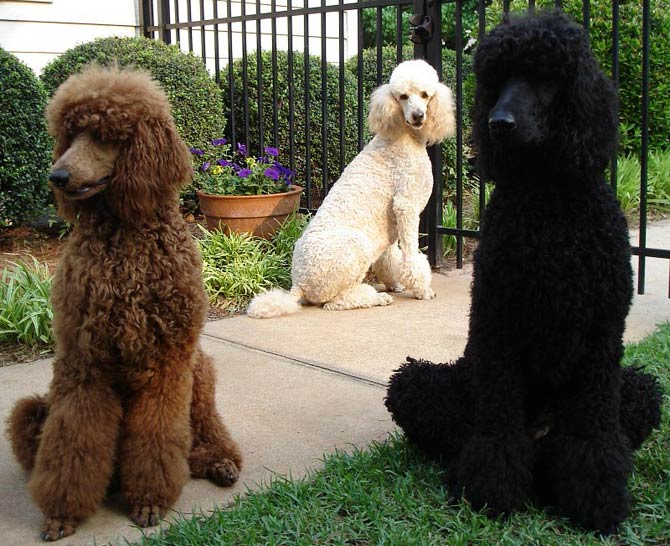
History of the breed
The poodle is believed to be a breed of German origin called Pudelhund (German Pudel). However, standardization was done in France, where poodles were used as duck hunters. Due to the great popularity of the breed in this country, it was considered the national breed of France.
The European continent knew poodles long before they were brought to England; numerous drawings by the German artist Albrecht Dürer depict these dogs. In eighteenth-century Spain, poodles also enjoyed great popularity, as evidenced by the works of Francisco Goya. However, no country other than France during the reign of Louis XVI has gone so crazy about them.
Three sizes of poodles
The breed has been bred in at least three sizes:
- Standard Poodle (large poodle)
- Miniature Poodle
- Toy (Pocket) Poodle (Toy dog)
According to the AKC, the oldest variety is the standard size breed (i.e. the large poodle), so it was the breeding basis for the other two varieties.
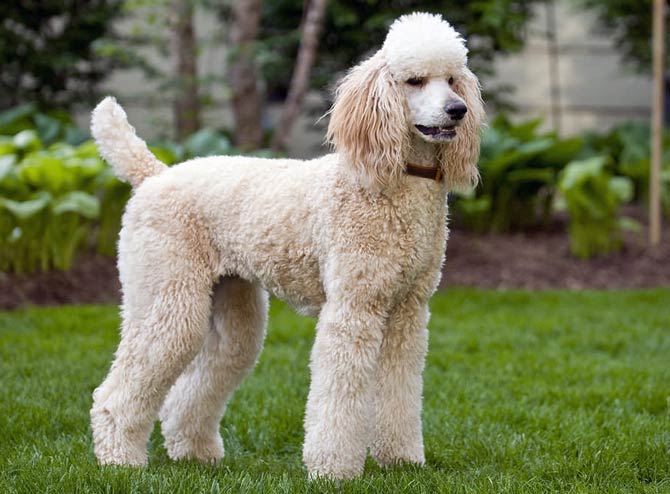
Good swimmer
Both in the past and today, poodles are used as water retrievers, which is why they work well with hunters. Great merit lies in the waterproof fur that allows swimming. In general, all relatives of the poodle are considered good swimmers, although one member of the family specializing in truffle hunting (the so-called truffle poodle) avoided water.
Detecting truffles (truffle hunting) was common practice in England, later in Spain and Germany, where edible mushrooms were considered a delicacy. Smaller dogs were preferred for sensing and digging them up to avoid damaging the truffles too much with their massive paws. It is therefore possible that poodles were crossed with terriers to create the perfect “truffle detector”.
They started to play a different role during World War II, when they became military dogs (although, probably, they worked for the army from at least the 17th century). In 1942, the poodle was one of 32 dog breeds officially classified as army working dogs.
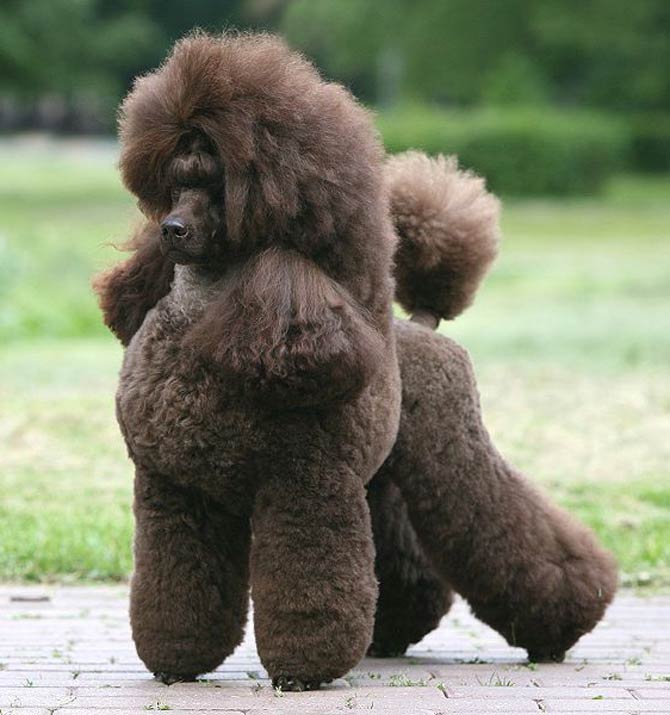
Characteristic
Appearance
At first glance, you can see an energetic, intelligent and elegant dog with a square build and harmonious proportions. The eyes are very dark, oval in shape, radiating an alert and intelligent look. The muzzle is straight, strong, lips tight. The ears are rather long, drooping, flat, rounded at the tips, covered with long, wavy hair. Tail located high – in show dogs can be either full length or shortened by 1/3 or of total length in countries, where ear and tail clipping is not prohibited. When the animal is relaxed, the tail hangs low and keeps it diagonally when active.
Natural curly, woolly and dense coat – for show dogs the so-called lion cut or close to it. The characteristic “hairstyles” are not, however, a sign of the nineteenth-century dog dandy, but working dogs. The grooming pattern was designed with the dogs’ duties in mind: Retrievers were left with long hair on the chest and neck to protect against hypothermia, a shaved rump was supposed to reduce the water resistance while swimming.
There are two types of coat: curly (fine, woolly, but thick hair, very curly, resistant to hand pressure, creating even curls) and rope (similar in structure to a curly coat, with the hair forming characteristic strings that should be at least 20 cm long)
The color is usually uniform, but sometimes spotted. There are many color variants within the breed: white, black, silver, apricot, brown, red, cream; sometimes stripes are visible; the hair on the ears and ruff may be darker in color.
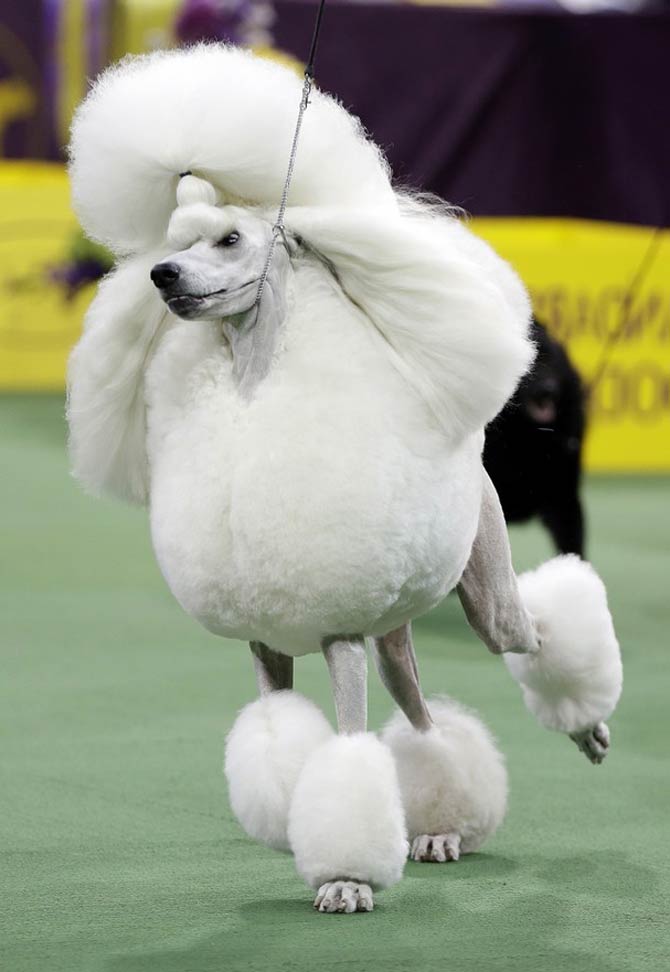
Temperament
As a working dog (mostly hunting dog), it often exhibits instinctive behavior, mainly territory marking and a hunting instinct that is more pronounced than in other breeds. Considered a very energetic dog that gets bored easily, which leads to mischief. The playful nature is only one side of the coin, because the poodle is a dog known primarily for loyalty and ease in learning (also obedience), which makes it an ideal companion dog.
Health condition
The most common disease affecting the poodle is Addison’s disease (primary adrenal insufficiency and hypocortisolism), gastric torsion, thyroid disorders (overactive and underactive), epilepsy, kidney disease, joint dysplasia, tracheal collapse, and cancer.
The breed is also prone to less serious ailments, including ear infections leading to inflammation – possibly caused by hair that grows inside the turbinate, collecting earwax and debris. To avoid this unpleasant ailment, it is recommended to regularly clean the ears and remove hair from the ear canal. You should always consult your vet if you develop an infection of this sensitive organ.
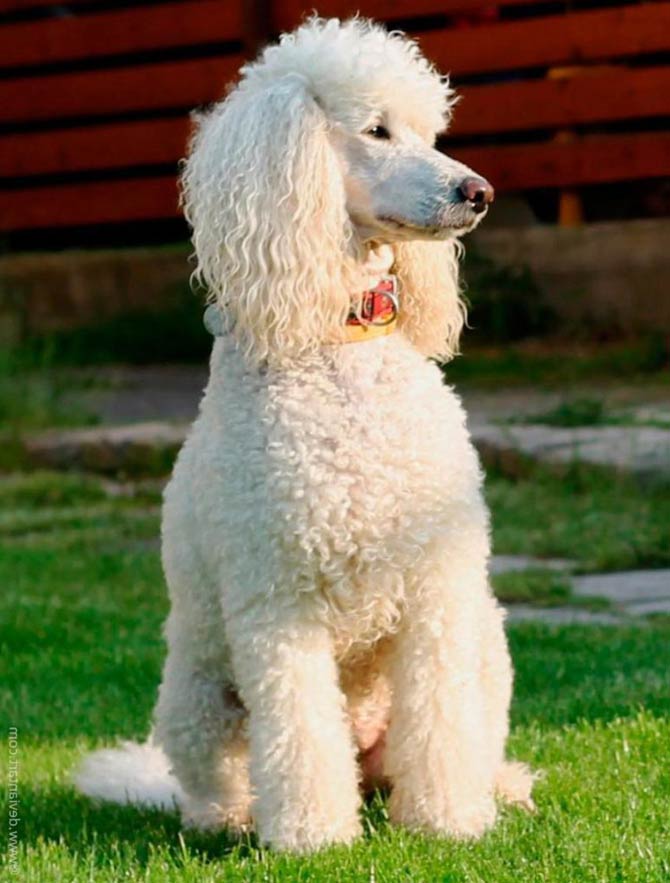
Detailed data / size
Standard Poodle
- Height at the withers: 45 – 62 cm (18 – 24 in)
- Weight: 16 – 25 kg (35 – 55 lb)
- Lifespan:
- Standard Poodle: 11 – 12 years
- Miniature and Toy Poodles: 14 to 14.5 years
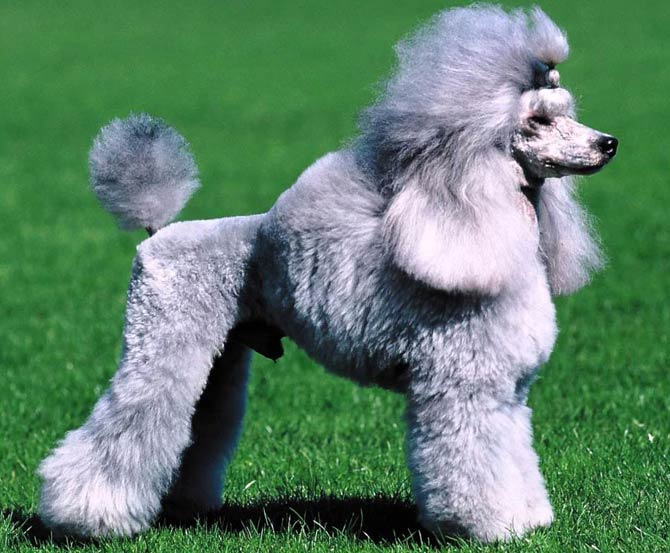
Standard poodle – interesting facts
- The word “poodle” comes from German, meaning “to splash in water”; Hund is a German term for a dog.
- Poodles take part in many sporting competitions, including agility, obedience shows, tracking and even herding.
- The standard poodle was ranked 2nd in the ranking of the most intelligent breeds by Stanley Coren.
- Poodles are often considered to be hypoallergenic dogs whose fur is not allergenic. The secret lies in the longer hair growth process combined with a strong twist than in other dogs. Thanks to the curls, allergens and dead skin are released more slowly. Nevertheless, sensitive individuals may develop an allergic reaction, mainly due to a more powerful allergen like saliva.
- The philosopher Artur Schopenhauer owned two poodles: Atman and Butz.
- In Goethe’s drama “Faust” Mephistopheles appears for the first time in the form of a black poodle.
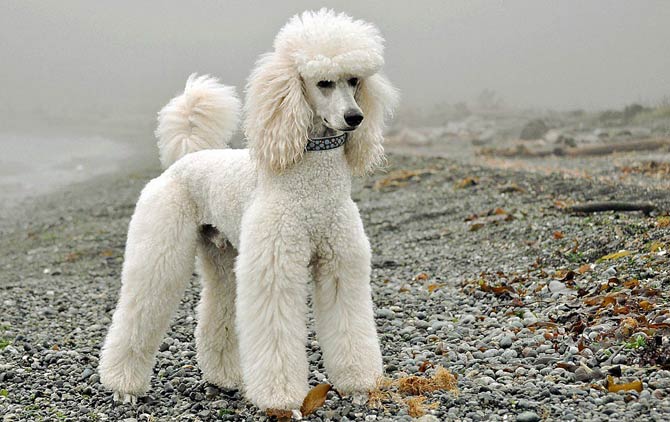

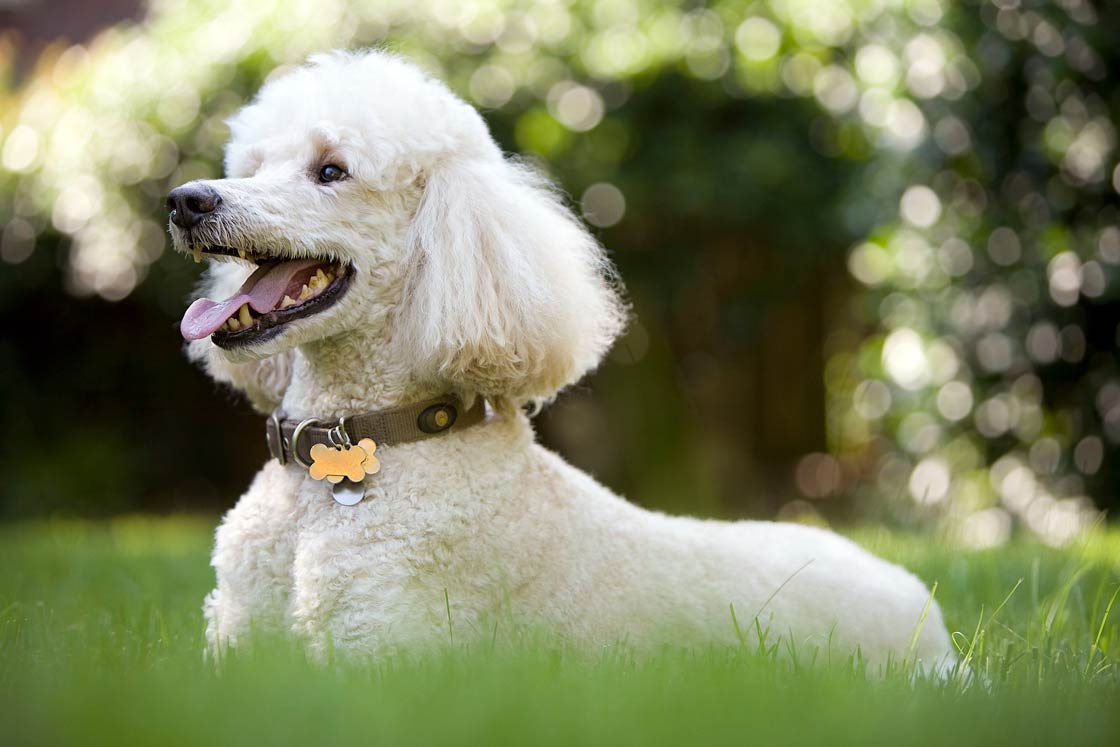







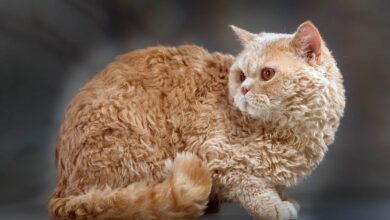

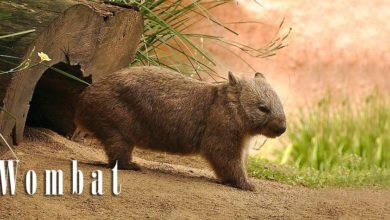


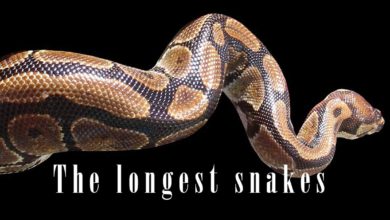



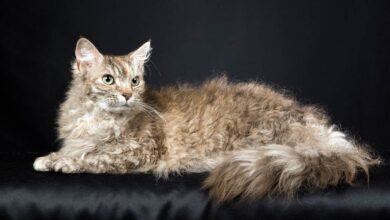
It got me when you said that standard poodles would be hypoallergenic which means that their fur has no allergns. I will probably pick this type of dog for the safety of my husband because he can have mild respiratory issues at times. He actually approved of getting a dog this year, but I want to be considerate to him as well so that both of us can be comfortable and happy once we finally have a pet.